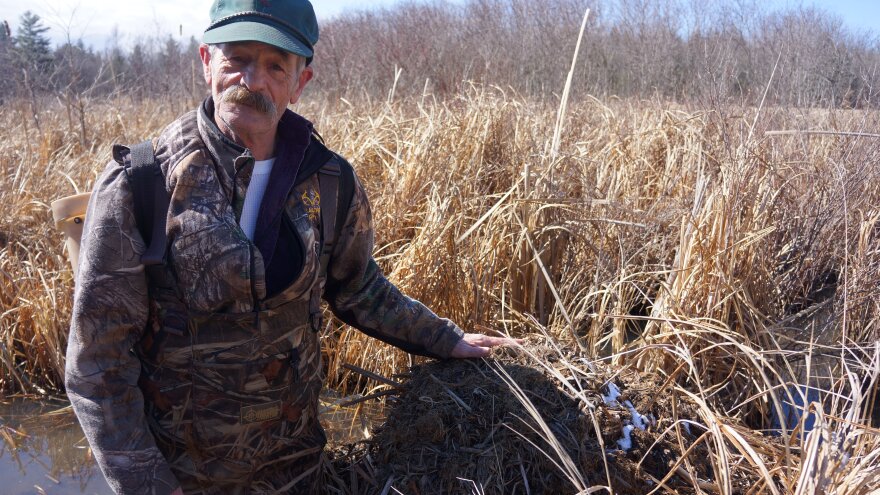Barry Forbes lives on Route 116, five miles east of Middlebury and eight miles south of Bristol. He's a turkey hunter, and he's good at it.
In celebration of the season of turkeys — and catching them, and eating them — Barry Forbes talks us through the art of calling turkeys.
This interview was produced for the ear. We highly recommend listening to the audio. We’ve also provided a transcript, which has been edited for length and clarity.
Barry Forbes: You work each bird as an individual. Usually, when I'm calling, I'll give, you know, your yelp, the few clucks, then he'll gobble. If I call him, and he's waiting a half minute before he gobbles back. OK, that's telling me that, yeah, he's probably gonna come, but he's taking his time.
If I call and he immediately cuts me off and comes back with a single, double or triple gobble, I'm finding me a place to sit. What he's telling me is he is a hot bird, and he's looking for a hen, and he's found one, and he's on his way. And the more he gobbles, the hotter he is.
So yeah, you're basically trying to tell him that you're the hottest, best looking hen in the world. And all he's got to do is come over to meet you, because you're ready and willing. If you can convey that point to him, you're all set. He’s gonna come. Unless he's already got three hens with him that are telling him the same thing. At which point, he may come, and he may not.
Now and then I'll work the hens with the idea of, if I can draw one of the hens, he's quite apt to follow. I'll still stay a hen, but I will mimic her. Sometimes she'll yelp and I’ll come back with the same thing she just said. She's quite apt to come back at me and I’ll come back at her the same way. And believe it or not, turkeys are not a lot different than people. You know, you can kind of piss them off. Piss a hen off, she's got to come tell you about it. She's got to get her point across.
You know, that little rapid clucking, yelping type thing, basically, it's: [sound of turkey call].
It basically says that you're the boss hen. And if she's with that Tom, she wants to believe that she's in charge. You cut at them, they cut at you, and then distance. Nine times out of ten, he’ll be right along behind her.
You know, she'll come in and she's looking for the hen, and while she's looking, he's still coming. Effective range of most of the shotguns today is 40 yards. Get him into that distance and cut loose.
Erica Heilman produced this story with tape from the Vermont Folklife Center Archive.





